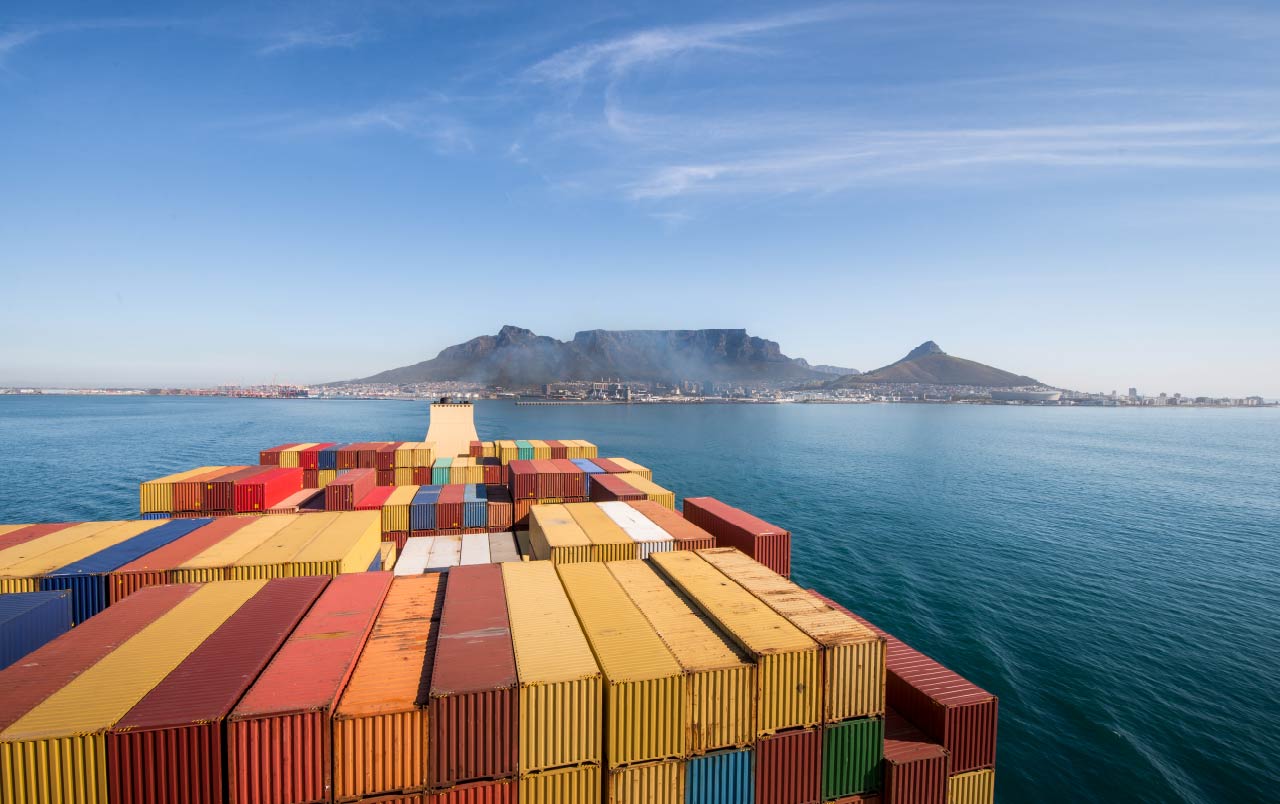While the implementation of the AfCFTA is extremely important to the continent’s regional integration agenda, it is not enough. It…
This article reviews the performance of the Asia Pacific Trade Agreement (APTA). The aim is to use the lessons learned from Asia for the recently launched African Continental Free Trade Area (AfCFTA) to make the Free Trade Agreement (FTA) effective.
The African Continental Free Trade Area (AfCFTA) was founded in 2018. It is one of the biggest trade blocs in Africa, particularly in the number of participating countries. A total of 28 countries have already signed the agreement while another four countries are about to do it. The member countries include South, West and East African states, including major African economies, such as South Africa. This new trade bloc was formed with the aim of:
(a) creating a single continental market for goods and services, with free movement of business, people and investments;
(b) expanding intra-African trade across the regional economic communities and the continent in general,
and (c) enhancing competitiveness and supporting economic transformation.
A look at other regional trade blocs in developing countries shows that many failed to generate the expected outcome despite the potential and opportunities. Lack of complementarity of trade between countries, failure to establish win-win arrangements for intra-regional commerce and better advantages vis-a-vis other competing trade blocs are just a few challenges that either make or break a trade bloc.
Since AfCFTA is new, it could learn from the experiences of other existing regional trade agreements, such as the Asia Pacific Trade Agreement (APTA).
APTA’s mandate
The Asia Pacific Trade Agreement (APTA) was signed in 1975. It aims to promote economic development through the adoption of mutually beneficial trade liberalization measures. It has six members: two countries from East Asia (China and South Korea), one from South East Asia (Laos) and three from South Asia (Bangladesh, India and Sri Lanka).
APTA is a preferential trade agreement for major areas of cooperation. Some of them are gradual tariff liberalization, common operational procedures for certification and verification of rules of origin (RoO) of goods, a framework agreement on trade facilitation and investment and trade in services.
The preferential tariff is the only area where visible initiatives have been made. Under four categories of products, member countries enjoy preferential tariff under different criteria for RoO. Enjoying preferential tariff need not require to change the tariff heading. However, a minimum content requirement of using domestic materials of 45% for developing countries and 35% for Least Developed Countries (LDCs), needs to be ensured for a preferential tariff.
“Hit and miss” in Asian trade agreements
After four and a half decades, intra-regional trade of APTA member countries is not very high. In 2013 it was of USD 3,480 billion. Trade between APTA member countries has stagnated over the last five years. The share of export and import remains at 18% and 16% of their total business with the rest of the world, respectively. Major export products include different types of finished products, while major imported products include various kinds of raw materials. Hence, an operational trade bloc could develop regional value chains in different products that are mostly absent.
APTA has yet to become a vibrant regional trade bloc. So far, it has failed to show momentum in enhancing intra-regional trade. The high local content requirement of using domestic materials (RoO) is a significant weakness to improve intra-regional trade. However, initiatives to lower the RoO are limited.
Another major limitation of the agreement is that most of these countries are part of different trade blocs that are more effective, such as ASEAN FTA, ASEAN-Korea BFTA, and ASEAN-China BFTA, to name a few. Being members of other bilateral and regional trade blocs, members show little interest to upgrade APTA into a free trade area (FTA). Enhancing intra-regional trade requires flexible rules of origin and a broad-based tariff reduction scheme with a limited number of products under the sensitive list for which countries can impose a higher level of import tariff. A time-bound action plan needs to be designed, and activities need to be undertaken accordingly.
So far, it appears that there is a shortage of adequate political will among APTA member countries. They fail to prioritize APTA related issues. That is pivotal to make it useful and to upgrade it as an FTA under a time-bound commitment.
AfCFTA’s future
Now let’s look at the African Continental Free Trade Area. Economic analyses indicate that AfCFTA would generate a positive outcome for the region in the long term. Compared to 2010, in 2022, intra-African trade would increase by 52%. The full implementation of AfCFTA could boost regional income by 7% or USD 450 billion by 2035. By then, it would lift a total of 30 million people out of extreme poverty. Overall, a welfare gain for African citizen is estimated to be of USD 16.1 billion, particularly for African women. The potential of this free trade area is clear.
Hence, a political pledge of AfCFTA’s major economies is paramount. South Africa could take on a leadership role in this. And all member countries should ensure that the economic perspective and interest of the new bloc are not overshadowed by other regional and sub-regional trade blocs on the continent. In this context, AfCFTA should identify the most significant potential areas of cooperation that complement the free trade agreement, and that can boost intra-regional trade within five to ten years.
There is still enough time to help AfCFTA live up to its full potential and change millions of lives for the better.
The author would like to thank Ms Taslima Taznur and Mr ASM Shamim Alam Shibly of the Centre for Policy Dialogue (CPD) for their able research assistance in preparing this article.
Text editor: Gabriela Keseberg Dávalos


